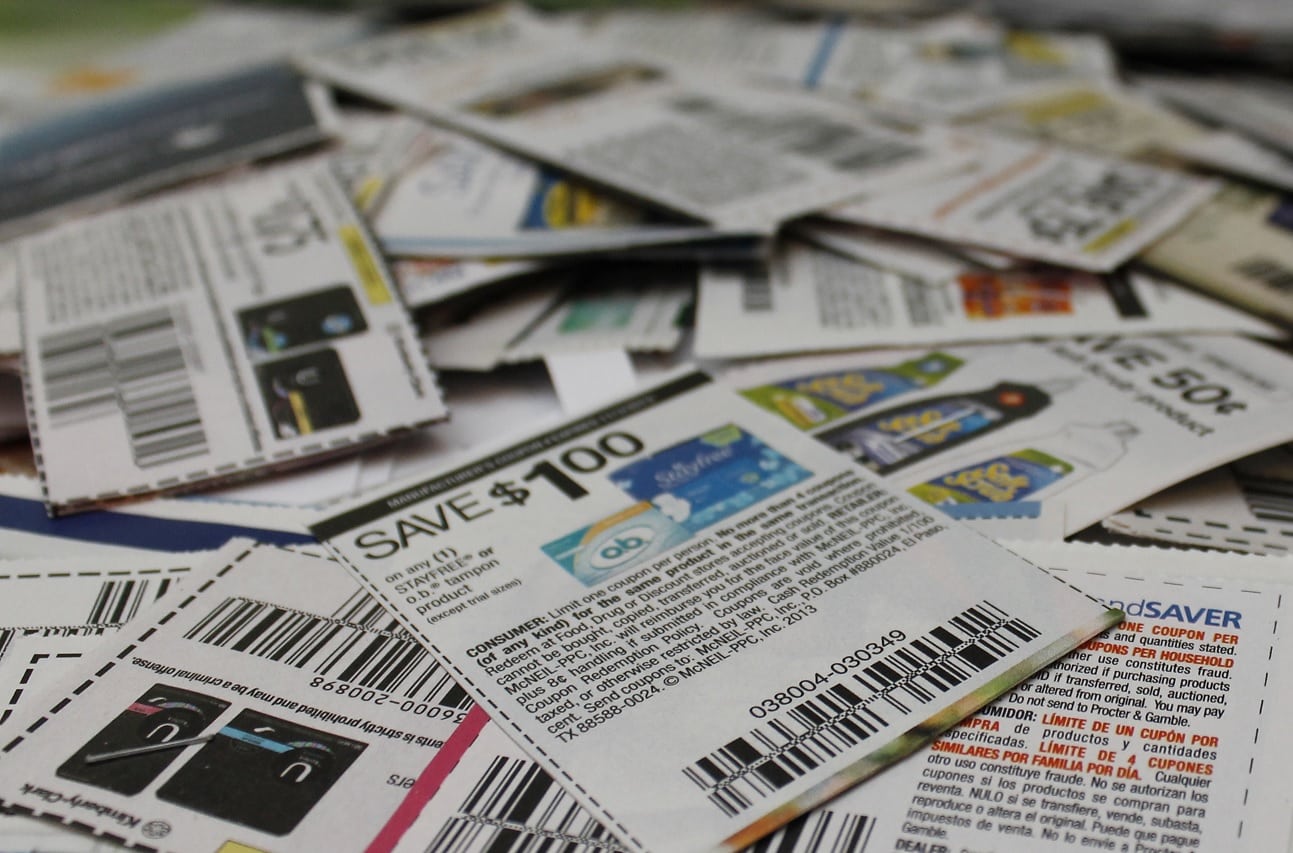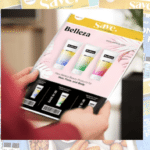
Inflation is high and money is tight. So now is a great time to use coupons. Yet, manufacturers aren’t issuing nearly as many coupons as they used to – and now we’re learning that shoppers aren’t using nearly as many coupons as they used to, either.
Kantar was first out of the gate earlier this month with coupon distribution figures for 2021. Now Vericast has followed up with coupon stats of its own, include coupon redemption figures for the first time.
And “in a nutshell,” Vericast says in a blog post, “the numbers are not great.”
When it comes to counting an entire year’s worth of coupons, every estimate will differ slightly. So the 171 billion coupons that Vericast estimates were distributed last year is not exactly the same as Kantar’s estimate of 167 billion coupons. But both agree that year over year, the total number of available coupons last year declined by more than 11%.
What’s new, is that Vericast’s figures also include the number of coupons actually redeemed last year. It may stand to reason that the fewer coupons there are, the fewer coupons shoppers will use. And that was certainly the case last year. The total number of coupons redeemed in 2021 also declined more than 11%, to 865 million coupons. That’s an alarmingly far cry from the 1992 peak of 7.8 billion coupons redeemed, and the first time since way back in the early 1960’s that the number has dipped below the one billion mark.
So what’s going on? Don’t shoppers like coupons anymore? Or do they just not like the coupons they’re being offered?
Much of the years-long decline in coupon distribution, and subsequently in redemption, has to do with the decline of newspaper circulation. According to the Pew Research Center, 62 million Americans received the Sunday newspaper – and its coupon inserts – back in 1992. By 2020, that number had declined to about 26 million. That means billions of coupons once delivered directly to consumers’ doorsteps are not available to them anymore. Direct mail and digital coupons are picking up some of the slack, but not enough to offset the steep decline in insert coupon usage.
But there are a couple of additional factors specific to this past year. Supply chain challenges led many manufacturers to cut back on promotions, while some shoppers with coupons in hand were unable to use them when they went to the store and found empty shelves.
The other factor is one of the most important ones in explaining declining coupon usage. Coupons just aren’t as good as they used to be. The face value of coupons isn’t keeping up with inflation, particularly among food coupons – their average face value actually declined last year, from $1.34 to $1.27. The mix of food and nonfood coupons is also more heavily weighted toward nonfood than ever before. That’s great if you want deals on household items and toiletries, not so great if you’re wondering how you can afford to feed your family.
As the owner of the Save coupon inserts and the coupon processing company NCH Marketing, Vericast has a vested interest in coupons’ success. So they’re expressing some optimism about coupons’ future – and offering some suggestions to ensure that coupons have a future.
“Write coupons off at your own peril,” Vericast warns manufacturers. Especially in these inflationary, cost-conscious times, it’s not the case that shoppers don’t want coupons anymore. They just want coupons that are actually useful to them. That could mean higher face values, lower purchase requirements, fewer coupons in formats that aren’t relevant to them anymore, and more coupons in formats that are. “It’s on brands to continue to adapt, prioritize customer needs and meet people where they are,” Vericast says.
One way the coupon industry is trying to modernize its offerings and make them more relevant to a new generation of couponers is with the Universal Digital Coupon. Several companies, including Vericast, have announced plans to offer mobile manufacturer’s coupons that won’t need to be printed or loaded to a loyalty account. They can just be scanned right off your phone, nearly anywhere you shop.
After the very first grocery coupons were invented around the turn of the last century, it took about six decades for coupon redemption to top one billion. It’s now taken another six decades for redemption to fall back below that marker. If the industry keeps doing things as they always have, those numbers are likely to keep going down. But “to assume coupons are no longer relevant to (consumers) is not only wrong, it misses the larger point,” Vericast warns. “They are still eminently viable if your brand is listening to consumers.”
The ever-declining number of coupons redeemed firmly establishes that consumers have spoken. Coupon use in the year ahead could establish whether brands and the coupon industry itself are listening.
Image source: cpyles
















Maybe if the Save insert were still available in my area (they stopped distributing it months ago and while some people get it with their mailed circulars I do not, even though post office boxes in my zip code do get it) and my SmartSource insert had even half of what I see that other areas get, usage would be up.
Of course, it also doesn’t help that chains like Shoprite no longer take paper coupons for online orders.